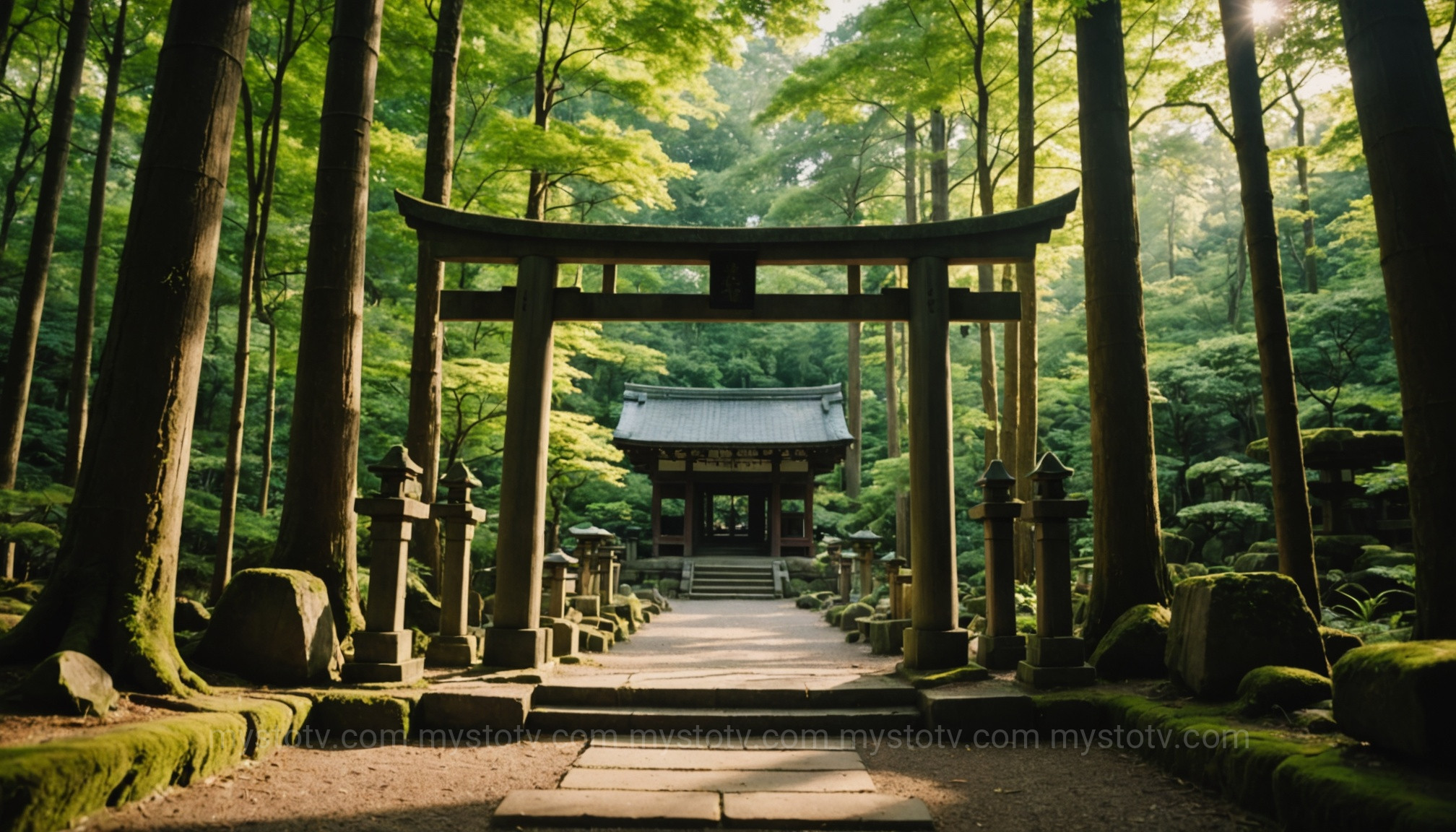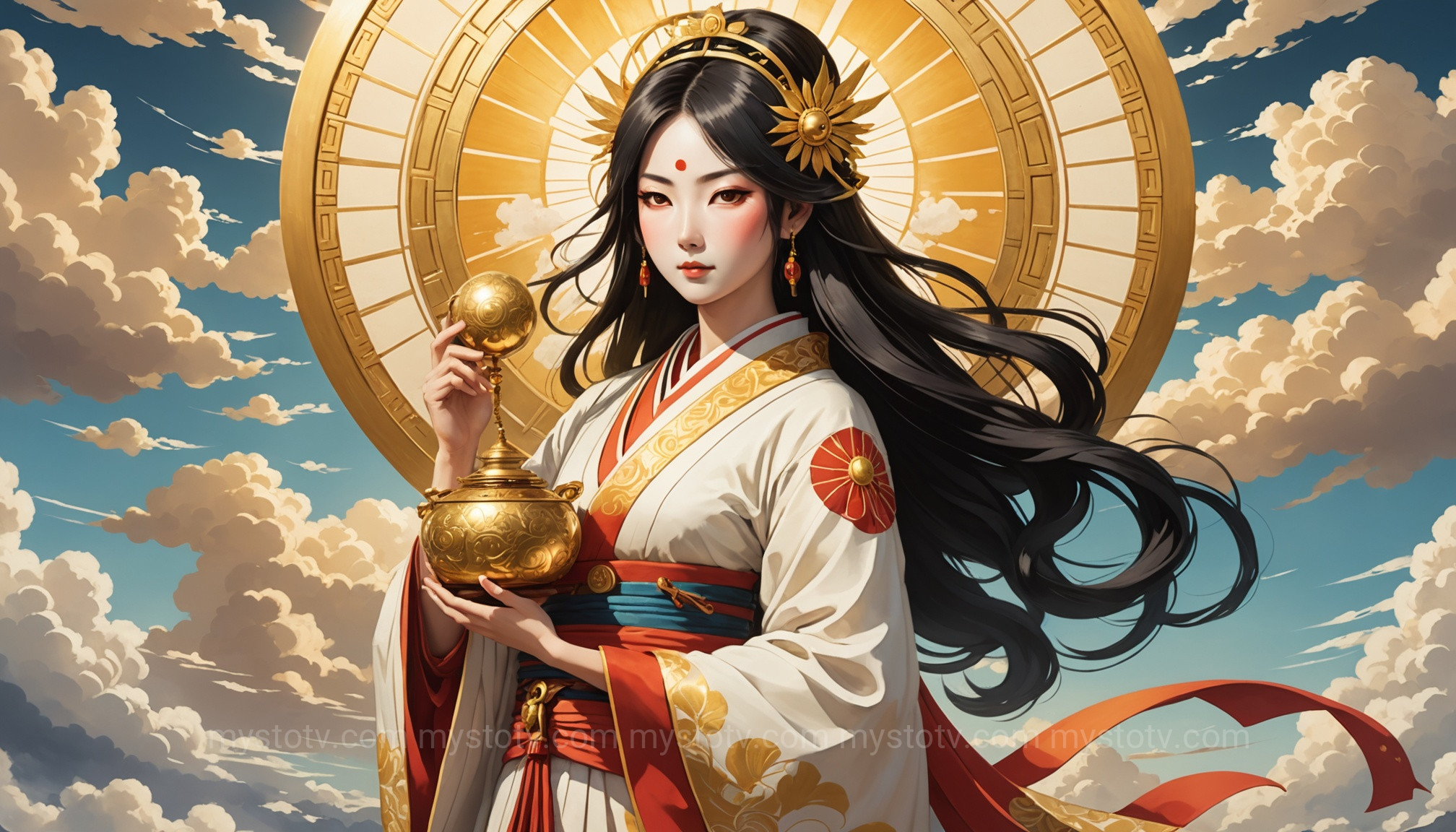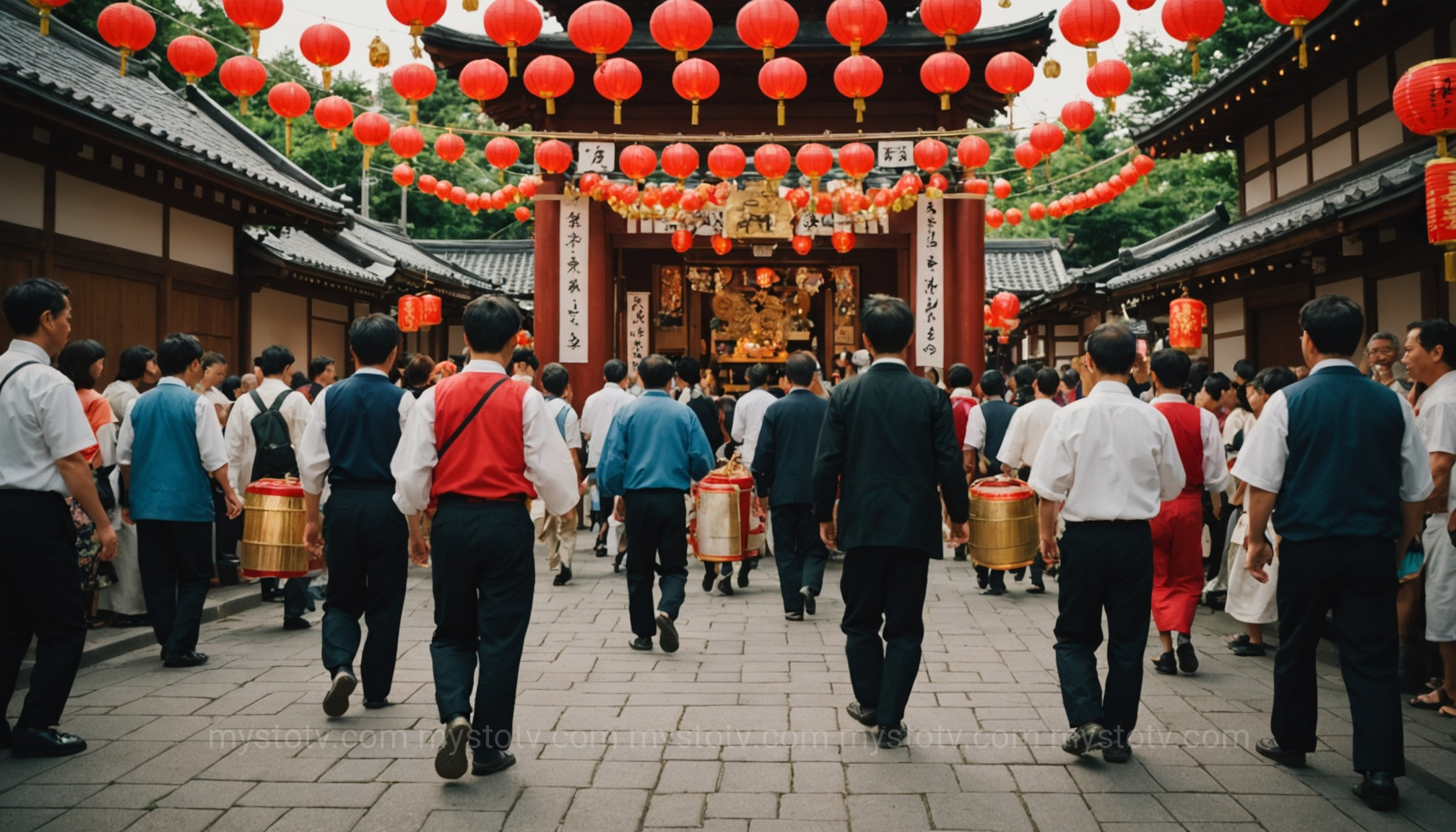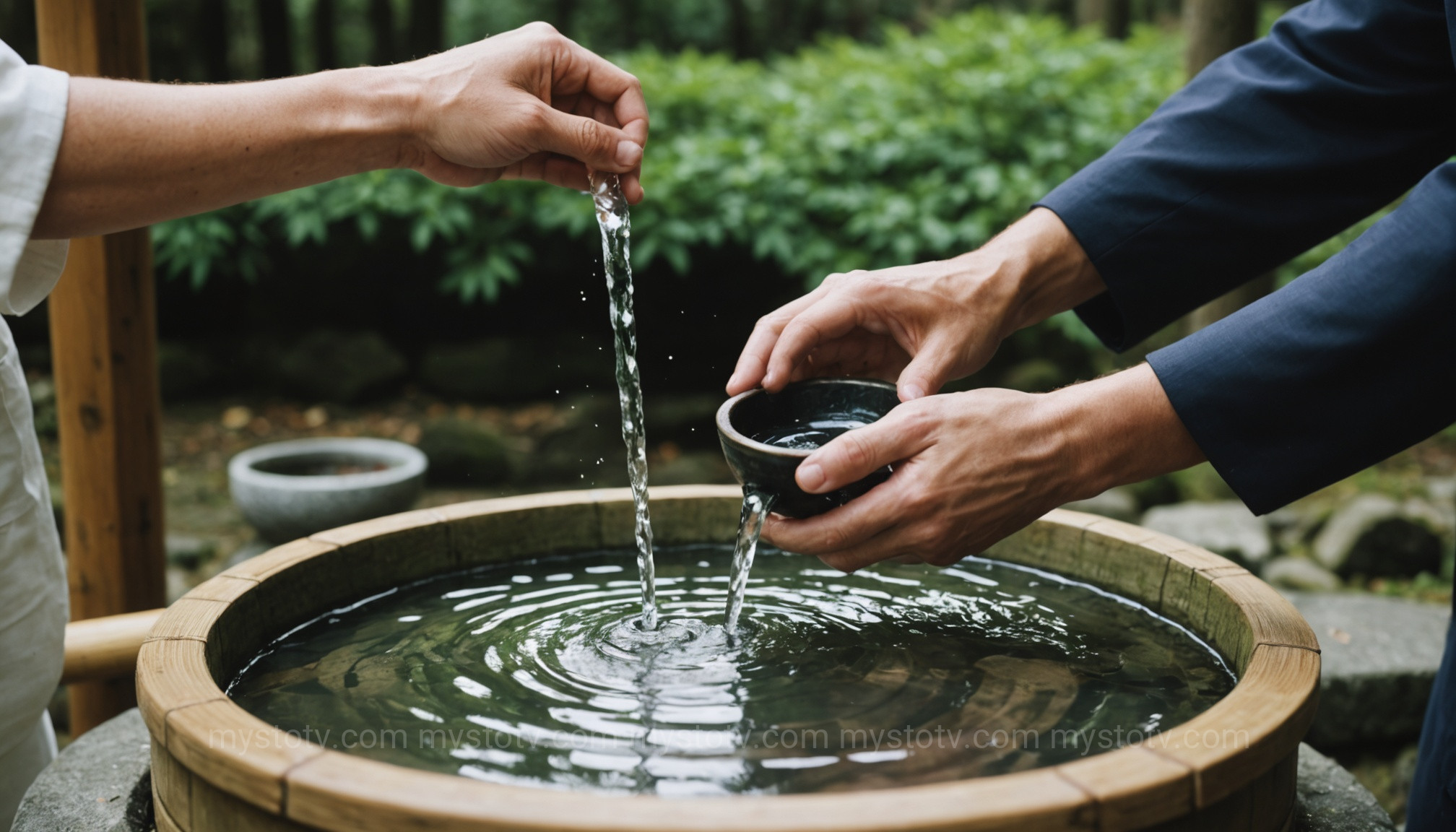Contents
- 1 Beyond a Simple Roster: Deconstructing the Shinto Kami List
- 2 The Major Deities on the Shinto Kami List: Amatsukami and Kunitsukami
- 3 The Local and Personal Side of the Shinto Kami List: Ujigami and Nature Spirits
- 4 How to Interact with the Shinto Kami List: Shrine Etiquette and Worship
- 5 Frequently Asked Questions about the Shinto Kami List
- 6 Conclusion: A Living Connection to the Divine
- 7 References
Beyond a Simple Roster: Deconstructing the Shinto Kami List

When newcomers approach Shinto, they often seek a neat, ordered list of deities, much like the Greek Pantheon. However, the very concept of a finite Shinto kami list is a Western interpretation imposed on a far more fluid and immense spiritual reality. Shinto is built on the concept of Yaoyorozu no Kami (八百万の神), which literally translates to "eight million kami." This number isn't a literal census; it's a poetic expression for "countless" or "myriad," signifying that divinity is a pervasive force found everywhere in the natural world.
The term kami (神) itself is famously difficult to translate. It can refer to gods, spirits, deities, essences, or the sacred quality inherent in objects and phenomena. A kami can be the spirit of a mountain, a river, a particularly old tree, or even a concept like fertility or protection. They are not necessarily all-powerful or all-knowing like the Abrahamic God. Some are grand, cosmic figures from mythology, while others are humble, local guardians known only to a specific village. This understanding transforms the idea of a 'list' into a living, breathing network of spiritual presences that animate the Japanese landscape and culture. Therefore, to truly grasp the Shinto kami list, one must move beyond a simple roster and embrace the idea of a world saturated with the sacred.
The Major Deities on the Shinto Kami List: Amatsukami and Kunitsukami
While the number of kami is infinite, Japanese mythology, particularly as recorded in texts like the Kojiki and Nihon Shoki, does outline a hierarchy of prominent figures. These are often categorized as Amatsukami (天津神), the kami of the heavens, and Kunitsukami (国津神), the kami of the earth. Understanding these key figures provides a foundational framework for the broader Shinto kami list and Japanese culture itself.
Amaterasu Omikami: The Sun Goddess of the Shinto Kami List

At the apex of the Shinto pantheon sits Amaterasu Omikami, the goddess of the sun and the universe. Born from the left eye of the creator deity Izanagi, she is the most important kami in Shinto and the mythical ancestress of the Japanese Imperial Family. Her primary place of worship is the Ise Grand Shrine, Japan's most sacred Shinto shrine. The story of her retreating into a cave, plunging the world into darkness, and being lured out by the laughter and ingenuity of other kami is central to Japanese mythology. This tale isn't just a creation myth; it's an analysis of social harmony, showing that even the most powerful deity relies on the community. Her position on the Shinto kami list solidifies the deep cultural connection between divinity, the natural world (the sun), and national identity.
Susanoo-no-Mikoto: The Storm God on the Shinto Kami List
Amaterasu's brother, Susanoo-no-Mikoto, is a much more complex and tempestuous figure. Born from Izanagi's nose, he is the kami of storms, the sea, and the underworld. His character is wildly ambivalent; he is at times a destructive force, vandalizing his sister's celestial realm, and at other times a cultural hero, famously slaying the eight-headed serpent Yamata no Orochi to save a maiden. This duality is critical to understanding the Shinto worldview. Kami are not models of perfect behavior; they embody the raw, untamed, and sometimes contradictory forces of nature. Susanoo's presence on the Shinto kami list represents the acknowledgment that destruction is often a precursor to renewal and heroism.
Inari Okami: The Versatile Kami of Rice and Prosperity
Perhaps one of the most visible and popular figures on the Shinto kami list is Inari Okami, the kami of rice, sake, tea, merchants, and general prosperity. With over 32,000 shrines dedicated to them, including the famous Fushimi Inari Shrine in Kyoto with its thousands of red torii gates, Inari's influence is immense. Inari is also a wonderfully fluid deity, depicted as male, female, or androgynous, and often associated with foxes (kitsune), which act as their messengers. The analysis here points to Shinto's adaptability; as Japan's economy shifted from agriculture to commerce, Inari's patronage evolved from ensuring a good rice harvest to blessing business ventures, demonstrating how kami remain relevant in a changing society.
Hachiman: The Syncretic God of War and the Shinto Kami List
Hachiman (八幡神) is another immensely popular kami, venerated as the god of archery and war, the divine protector of Japan and the Japanese people. What makes Hachiman particularly interesting in the context of the Shinto kami list is his syncretic nature. He was one of the first kami to be successfully syncretized with Buddhism, and was given the title of Great Bodhisattva (Daibosatsu). This fusion highlights the historical interplay between Japan's two major religions. Hachiman is believed to be the deified spirit of the 15th Emperor, Ōjin. His worship by the samurai class, particularly the Minamoto clan, cemented his status as a powerful guardian deity. This blend of divine and human spirits is a common theme in Shinto.
The Local and Personal Side of the Shinto Kami List: Ujigami and Nature Spirits
Moving beyond the famous names from national mythology reveals the true heart of Shinto: its deeply local and personal nature. For most Japanese people throughout history, the most important kami were not distant celestial beings, but the spirits intertwined with their daily lives. This localized aspect is essential for a complete understanding of the Shinto kami list.
Ujigami: The Guardian Kami of Clans and Communities

An ujigami (氏神) is a guardian kami of a particular place or family clan. Originally, these were the ancestral spirits of the founding clan of a village. Over time, the concept evolved to encompass the guardian deity of a specific geographic area, protecting everyone who lives there, regardless of their lineage. This is the kami you would visit to pray for the well-being of your family, a safe birth, or success for your children. The relationship with an ujigami is personal and communal. It reinforces a sense of place and belonging, making the Shinto kami list not just a theological concept but a social and geographical one.
Nature's Presence on the Shinto Kami List: Mountains, Rivers, and Trees as Kami
Animism, the belief that objects, places, and creatures all possess a distinct spiritual essence, is a core tenet of Shinto. This means that the Shinto kami list is truly infinite, extending to the natural world itself. A majestic waterfall (like Nachi Falls), a powerful mountain (like Mount Fuji), or an ancient, towering tree can be considered a kami in its own right. These places are often marked with a shimenawa, a sacred rope of braided rice straw, to denote their divine status. This belief fosters a deep reverence for nature, not as a resource to be exploited, but as a living entity filled with spiritual power. This is the authentic, experiential side of Shinto that I first glimpsed at that tiny, forgotten shrine in Kyoto.
How to Interact with the Shinto Kami List: Shrine Etiquette and Worship

Understanding the conceptual Shinto kami list is one thing; knowing how to respectfully interact with these spirits is another. Visiting a Shinto shrine (jinja) involves a series of simple, elegant rituals that show respect and purify the visitor before they approach the kami.
- The Torii Gate: The torii gate marks the transition from the mundane world to the sacred. Bow once before passing through.
- The Temizuya: Before approaching the main hall, you must purify yourself at the water pavilion (temizuya). Take the ladle in your right hand, scoop water, and pour it over your left hand. Switch hands and repeat. Then, pour water into your cupped left hand and rinse your mouth (do not swallow or spit back into the basin). Finally, rinse your left hand once more.
- The Offering and Prayer: At the main hall (haiden), ring the bell if there is one to greet the kami. Toss a coin (usually a 5-yen coin, as go-en sounds like the word for good fortune) into the offering box. Bow deeply twice, clap your hands twice, say your prayer silently, and then bow deeply one final time.
This process is a physical manifestation of respect and a way to quiet the mind before communicating with the kami. It is a beautiful, practical application of the spiritual concepts underpinning the entire Shinto kami list.
Frequently Asked Questions about the Shinto Kami List
-
1. Are kami the same as 'gods' in the Western sense?
- Not exactly. While some kami, like Amaterasu, are powerful creator deities, the term is much broader. It can refer to spirits of nature, ancestral spirits, or even the sacred essence of an object. Unlike the omnipotent, perfect God of monotheistic religions, kami can have flaws and complex personalities, much like the forces of nature they represent.
-
2. How many kami are there on the Shinto kami list?
- The traditional answer is Yaoyorozu no Kami, or eight million kami. This is a symbolic number meaning "countless" or "innumerable." The idea is that divinity is everywhere, so a definitive, finite list is impossible and contrary to the core beliefs of Shinto.
-
3. Can anyone visit a Shinto shrine and pray to a kami?
- Absolutely. Shinto is a very open and inclusive religion. Shrines welcome visitors of all backgrounds and nationalities. As long as you are respectful and follow the basic etiquette (bowing, purification, etc.), your visit and prayers are welcome. The kami are generally seen as guardians of their specific location, protecting all who reside in or visit it respectfully.
Conclusion: A Living Connection to the Divine
Ultimately, the Shinto kami list is less a fixed catalogue for memorization and more a lens through which to view the world. It teaches that divinity is not confined to a distant heaven but is present in the sun that warms us, the storms that rage, the food that sustains us, and the very ground beneath our feet. From the grand, mythological figures who shaped a nation's identity to the humble spirit of a neighborhood tree, the kami represent a continuous, living connection between the human, natural, and spiritual realms. To understand the spirits of Japan is to open oneself to this profound sense of an animated, sacred world that is waiting to be seen, not just in grand shrines, but in the quiet, forgotten corners of everyday life. Exploring the rich tapestry of the Shinto kami list is a journey into the very heart of Japanese culture.
References
- Bocking, Brian. "Kami." Encyclopedia of Religion, 2nd ed., vol. 8, Macmillan Reference USA, 2005, pp. 5049-5053.
- "Kami." Japan Guide, last updated 25 Feb 2021. https://www.japan-guide.com/e/e2056.html
- Cartwright, Mark. "Shinto." World History Encyclopedia, last modified 10 May 2017. https://www.worldhistory.org/Shinto/